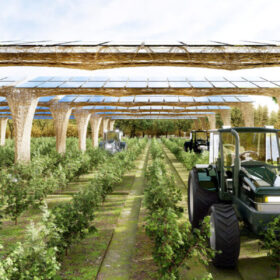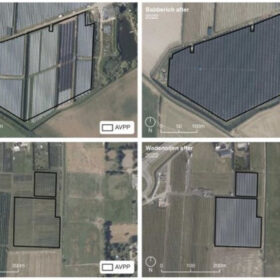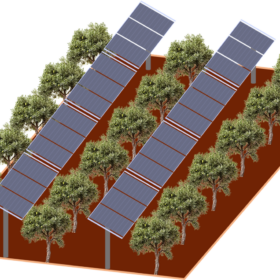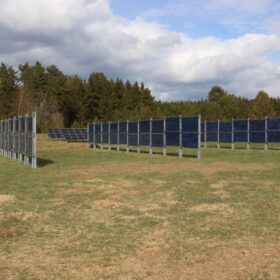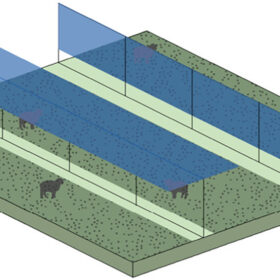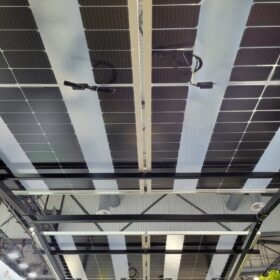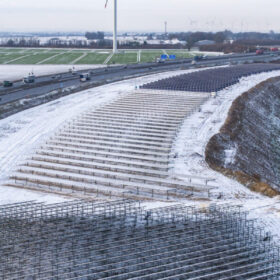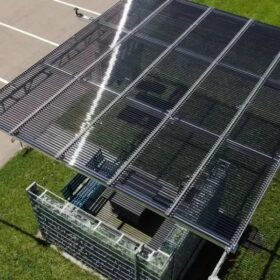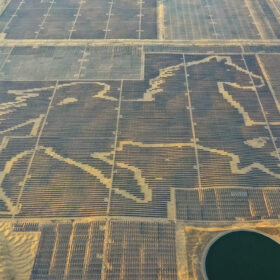Agro Solar Europe unveils agrivoltaic mounting kit with organic materials
Agro Solar Europe has developed an agrivoltaic mounting structure made with organic materials, featuring a design that weighs 90% less than common steel structures. The Germany company has used raw materials such as flax, carbon, and wood fiber.
How to convert PV plants with dual-axis trackers into agrivoltaic facilities
A Spanish group of researchers has investigated how much agricultural production may be hosted by existing ground-mounted PV plants using dual-axis trackers. They outlined a new methodology that reportedly enables to quantify how much space around and beneath the panels can be uses for agricultural purposes.
Landscape change indicators for agrivoltaics
Dutch scientists have developed new landscape change indicators (LCIs) for agrivoltaic projects. The novel methodology is meant to assist policymakers and project developers mitigate the visual and environmental impact of agrivoltaic facilities.
Bifacial agrivoltaics for olive groves
A Spanish-Italian research team has investigated different system configurations for bifacial agrivoltaic solar arrays deployed in olive groves and has found that the solar modules’ tilt angle has a significant impact on power yield while their height plays a crucial role on increasing agricultural yield.
New methodology to identify suitable land for agrivoltaics
Researchers in Sweden have outlined a new methodology to identify suitable surfaces for agrivoltaic projects in their home country. They found that approximately 8.6% – roughly 38,485 km2 – of its land has the potential to host agrivoltaic facilities.
Overhead vs. vertical agrivoltaics
A survey conducted by Dutch researchers has compared the visual impact of overhead and vertical agrivoltaics farms on nearby residents and has found that vertical arrays look less invasive.
France’s Feedgy unveils semi-transparent HJT modules for agrivoltaics
Feedgy’s new modules feature 96 heterojunction (HJT) cells and are available in five power ratings, from 300 Wp to 320 Wp, with a transparency of 39%. The panels can be used for gardening, arboriculture and floriculture.
RWE testing agrivoltaics on former opencast mine
The power utility said it is testing three different agrivoltaic concepts at the Garzweiler opencast mine in western Germany.
Thin-film solar is the future of agrivoltaics
In contrast with traditional panels, thin-film solar modules are much more adaptable to these agricultural situations, thanks to their flexible, lightweight design.
Weekend Read: Famine to feast – China’s solar market in 2023
China’s solar industry rebounded in 2023 after years of pandemic-related sluggishness. As the year draws to a close, pv magazine looks back at key highlights of 2023 and considers the prospects for 2024.
